Chapter 8: Institutional Mechanisms for the Advancement of Women
Chapter Summary
- Overview
-
Profile: Kateryna Levchenko – Challenging Patriarchal Politics
- Project: Women’s Caucus Boosts Uruguayan Democracy
- Questions
- Additional Resources
Chapter 8 discusses the advancement of women through public sector institutions, providing case studies from both Uruguay and the Ukraine. At first, most mechanisms for women’s advancement focused on equality between men and women, like giving women the right to vote. The next step was recognizing that distinct policies for women were necessary to achieve gender equality. The final stage was gender mainstreaming, meaning the assessment of policy implications for both men and women as a path toward gender parity. Women-specific institutions have been established throughout various ministries around the world at varying political positions of power and influence within governments.
Kateryna Levchenko challenged the patriarchal politics of the Ukraine and worked to hold the Ukraine accountable to its own national laws and its obligations under the Convention on the Elimination of all forms of Discrimination Against Women (CEDAW). Levchenko now heads La Strada, a multi-national NGO that provides support to women affected by forced labour and migration. In Uruguay, senator Susana Dalmás organized a joint parliamentary committee across party lines to form a women’s caucus, providing a stronger platform to discuss women’s issues.
Key Terms
- Centre for the Promotion of Human Dignity
- Commission on the Status of Women (CSW)
- Division for the Advancement of Women (DAW)
- International Research and Training Institute for the Advancement of Women (INSTRAW)
- Inter-Parliamentary Union
- Kateryna Levchenko
- Office of the Special Adviser on Gender Issues and the Advancement of Women (OSAGI)
- Organization of American States
- Special Commission on Gender and Equity
- Susana Dalmás
- UN Development Fund for Women (UNIFEM)
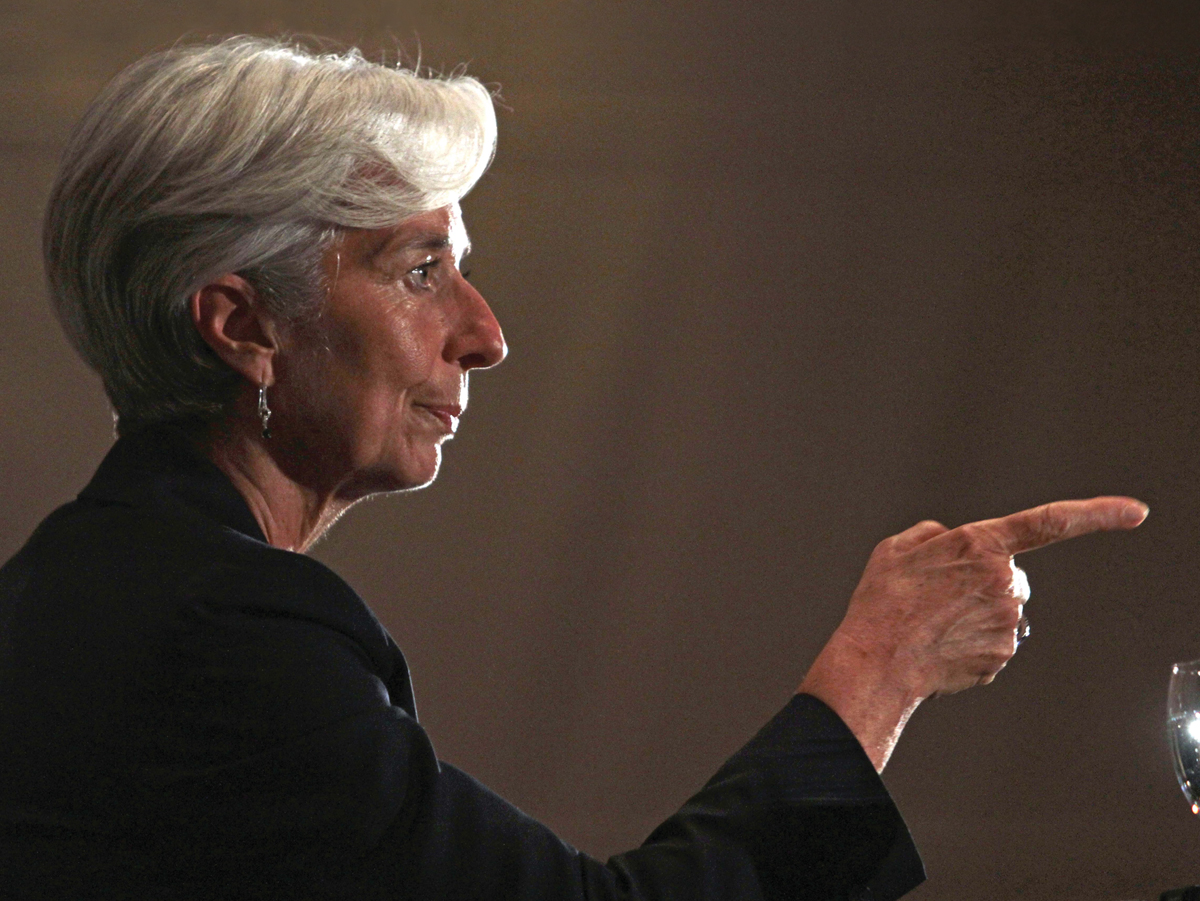
Overview
By Mona Lena Krook
National institutions for the advancement of women have been established in nearly every country around the world. They include offices, commissions, agencies and ministries on the status of women. The first offices of this nature were endorsed early in the 20th century by the League of Nations and the International Alliance of Women, which was formed during the women’s suffrage movement. One early example is the Women’s Bureau in the United States, created in 1920 as part of the Department of Labor to promote the welfare of female workers by formulating standards and policies to improve their working conditions, efficiency and opportunities for employment. However, most government agencies were established following the United Nations First World Conference on Women in 1975. The initial mandate of these offices was to increase women’s participation in education, politics and the economy. Examples of these offices worldwide include the National Women’s Service in Chile, the Government Equalities Office in the United Kingdom, the Commission on Gender Equality in South Africa and the Ministry of Women, Family and Community Development in Malaysia.
In addition to government institutions, several regional and international organizations set up agencies to promote gender equality. The oldest regional agency of this type is the Inter-American Commission of Women, a specialized unit of the Organization of American States, which was established in 1928 as a forum for generating policy to advance women’s civil and political rights in the Western Hemisphere. More recent is the European Institute for Gender Equality, established in 2006 to assist European Union institutions and member states in promoting gender equality through public policy.
In the U.N. system, four different offices deal with issues of gender equality: the Division for the Advancement of Women (DAW), U.N. Development Fund for Women (UNIFEM), International Research and Training Institute for the Advancement of Women (INSTRAW) and the Office of the Special Adviser on Gender Issues and the Advancement of Women (OSAGI). They exist alongside the Commission on the Status of Women (CSW), created by the U.N. Economic and Social Council in 1946, whose annual meetings define and elaborate on U.N. policy on women and gender. In 2010, the U.N. General Assembly voted unanimously to create the U.N. Entity for Gender Equality and the Empowerment of Women (U.N. Women) to merge the efforts of DAW, UNIFEM, INSTRAW and OSAGI to accelerate progress toward the achievement of women’s human rights in all areas. This step was justified on the grounds that gender equality is not only a basic human right, but also spurs economic growth.

Equal Rights to Gender Mainstreaming
The shared concern of these offices, both national and international, is to further gender equality and women’s empowerment. Approaches for achieving these goals, however, have evolved over time. Initially, most “mechanisms for advancement” focused on enacting and enforcing policies that ensured equal treatment of men and women, seeking to gain for women the same rights already enjoyed by men. This strategy was later criticized for simply assimilating females to a male standard that may not be appropriate for women and girls. A second approach then emerged that recognized that distinct policies for women and men may be required to achieve gender parity.
Dissatisfaction with this strategy led to a third approach, known as “gender mainstreaming,” popularized around the globe through the Beijing Platform for Action. The mainstreaming approach involves evaluating every prospective policy: (1) with a gendered lens, that is, assessing a policy’s different implications for women and men; (2) with the goal of promoting equality between women and men. This differs from prior strategies in seeking to apply a gender perspective across all policy areas, including those where a gender dimension is not readily apparent. Gender mainstreaming is reflected in the mission of the White House Council for Women and Girls, created by U.S. President Obama in 2009 expressly to ensure that each government agency “takes into account the needs of women and girls in the policies they draft, the programs they create, the legislation they support.”
Only the Beginning
The widespread presence of women’s policy mechanisms belies important variations in the strength and status of these agencies, whose resources are often vulnerable to changes in government and donor funding priorities. These offices may diverge greatly in terms of their budgets and staff, the length of their mandate, their closeness to the executive, the backgrounds of their agency heads, and their policy priorities. In some countries, for example, agencies have ministerial rank, while in others they are housed in the office of the president or under the auspices of another ministry, such as justice or social development. Few such mechanisms have the power to negotiate their own budgets, and many have only a handful of staff members. In addition, their existence and status may depend closely upon the will of the president or prime minister, who may fundamentally reorganize their mandate, for example, by adding a focus on family and children or by combining the unit with other offices focused on race, disability and sexual orientation. An ongoing concern is whether these agencies are endowed with sufficient power and resources to truly advance gender equality and women’s empowerment. The articles in this chapter consider ways in which some women are working through institutions to give women more voice through legislation and government and nongovernment advocacy.
Mona Lena Krook is assistant professor of political science and women, gender and sexuality studies at Washington University in St. Louis. She is the author of Quotas for Women in Politics (2009) and co-editor of Women, Gender, and Politics: A Reader (2010).
PROFILE: Kateryna Levchenko – Challenging Patriarchal Politics
By Yevhen Hlibovytsky and Oksana Forostyna
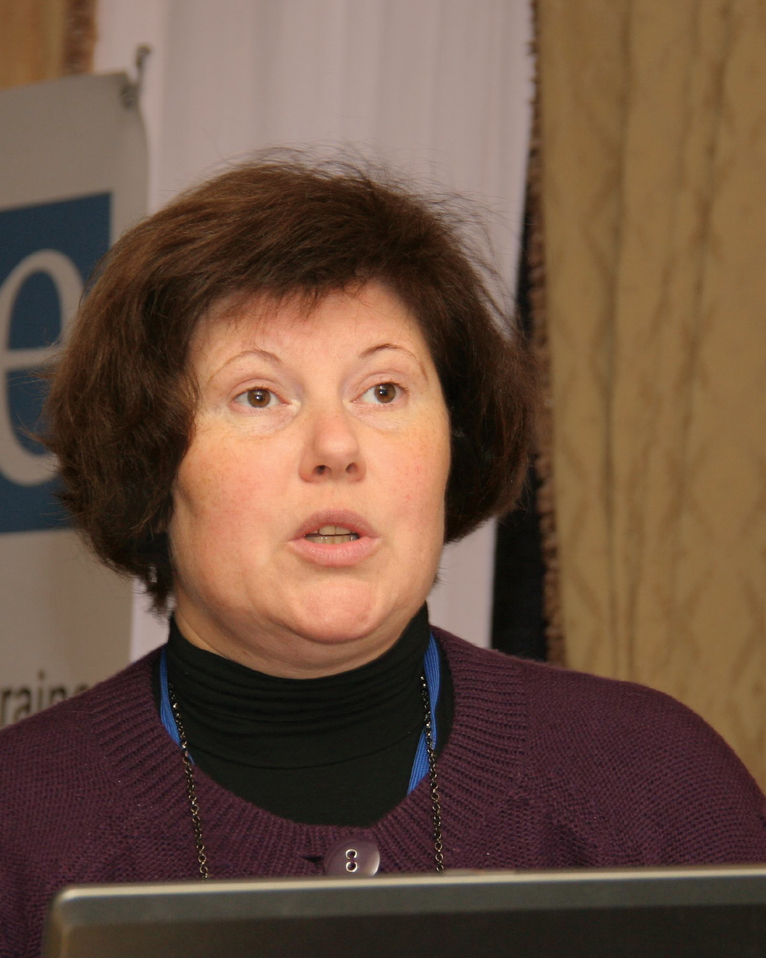
Ukrainian human rights advocate Kateryna Levchenko looks much too inspired for a person who just lost a lawsuit. “We’re done here. Now it is time to appeal to international community!” Levchenko sued Ukrainian Prime Minister Mykola Azarov over his March 2010 statement that “conducting reforms is not women’s business,” which he made when asked why there are no female ministers in his Cabinet. All of the judicial institutions where Levchenko filed a case against him found that Azarov was free to express his views, and did not fault him for the discriminatory nature of his words. Levchenko wants to challenge this acceptance of a disparaging patriarchal attitude. It is so common that during the 2009 election campaign Viktor Yanukovych, soon to be elected president of Ukraine, publicly stated that his rival, Ukrainian Prime Minister Yulia Tymoshenko, would do better in the kitchen. Levchenko does not take such words lightly, and has devoted her career to safeguarding human and women’s rights.
Despite ingrained traditional attitudes about women’s place, Ukraine does offer women opportunities for achievement. According to the WomanStats Database (http://www.womanstats.org), Ukraine is among those countries where the laws are consistent with the recommendations of the U.N. Convention on Elimination of Discrimination Against Women, but enforcement can be inconsistent. The government may or may not support women’s advancement, but women can succeed in Ukraine’s businesses, government agencies, science and academia. Yet few women participate in power politics. Women make up only seven percent of the Ukrainian Parliament — 34 out of 441 members of parliament as of February 2010 — and none hold significant positions in the current government. Kateryna Levchenko thinks the reason for this is the nature of power in Ukraine, which is rough-and-tumble and requires often ruthless toughness: “That’s why there are a lot of women in the middle and junior positions in public administration and so few are on top.”
Levchenko had her first real experience of gender discrimination at the age of 26, as a young, successful university lecturer and mother-to-be. She was pregnant for the first time and was obliged to register in a state clinic. After waiting for three hours at the clinic, she tried to change her appointment time to accommodate her teaching schedule, but the doctor yelled at her: “What lectures? No one cares, lady, you’re pregnant here, not a professor!” Two decades later she recalls, “Then I understood how discrimination works,” adding that a man would not have received such treatment.
Levchenko’s path to feminism and human rights is typical for the first generation of Ukrainian feminists, who became public persons in the mid-1990s. She describes her family as “democratic, egalitarian.” Her parents were both academics in Kharkiv, which is one of the major scientific and educational centers of Ukraine and the former Soviet Union. She says she never faced gender problems in her early years in the department of philosophy and scientific communism at the Kharkiv Institute of Railway Engineering. Levchenko recalls: “Those were the times we became familiar with modern Western philosophy [after decades of intellectual isolation], and people were very open-minded.” Like many of her peers in the academic community, Levchenko turned to feminism after reading works by Michel Foucault, Roland Barthes, Julia Kristeva and Betty Friedan. Levchenko explains this post-Soviet trend as natural: “Self-identification is a rather complicated process. That’s why academic circles were the first to embrace feminist and human rights ideas.” She launched the course “Introduction to Gender Theory” in 1996, one of the first academic courses of this sort in Ukraine. Very soon Levchenko would use this successful experience in her work with state institutions and nongovernmental organizations (NGOs). She began working for NGOs, first in Kharkiv, then in the Ukrainian capital, Kyiv, coordinating programs for prevention of human trafficking.
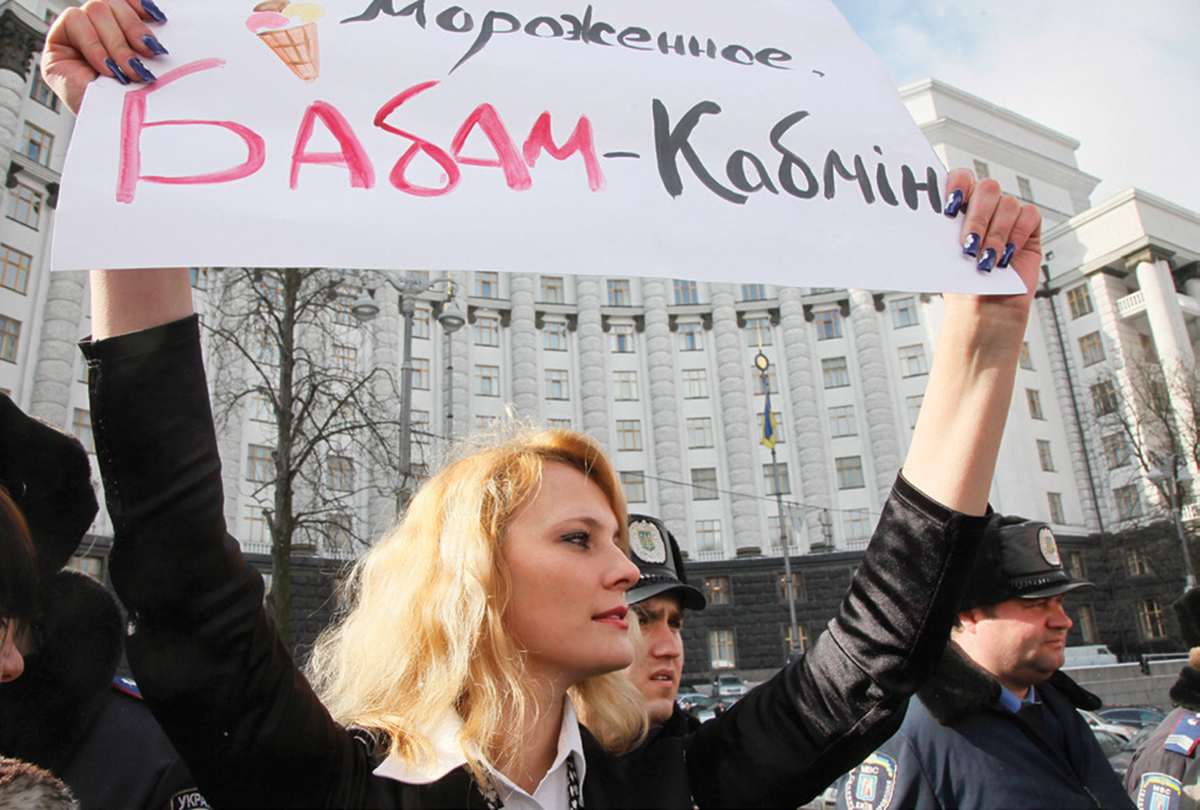
In 2004 Levchenko was invited to become adviser on human rights and gender issues to the interior minister of Ukraine. It was a challenging time, both inside and outside the ministry. Her new government colleagues hardly understood the concept of gender and were skeptical about human rights, while many activists were surprised at her decision to be a part of law enforcement. In the fall of 2004 an aroused civil society took to the streets to confront the Ukrainian government. The protest lasted two months and became the “Orange Revolution,” so named for the color adopted by the political opposition. Levchenko had to navigate between international organizations and the ministry, which was accused of persecuting political opponents.
Levchenko says the real work began in spring 2005 when Yuriy Lutsenko, who was known for coordinating street protests before the revolution, took the position of interior minister. Levchenko says she held the first meeting with police patrolwomen, top-level ministry investigators and other female ministry staff. “Few knew that we had about 17 percent women in 2005, and 19 percent in 2009. Some of them administrated organized crime divisions and even served in ‘Cobra’ [a special Ukrainian police unit],” Levchenko says.
Human rights activist Taras Hataliak was in prison when Levchenko began her work at the Interior Ministry. Released just few weeks before the Orange Revolution, Hataliak began working with Levchenko. Taras Hataliak was the assistant interior minister in Lviv region (Western Ukraine) where he tracked abuses of human rights in police departments and prisons. “Levchenko was the policymaker and the messenger of human rights activists inside the ministry. She knew what the grass-roots organizations knew, and made sure that the agenda of civil society soon became part of the minister’s agenda,” he recalls. Hataliak also gives her credit for launching the human rights monitoring system in police departments. Mobile groups for preventing human rights abuses were deployed. Public councils on human rights were established in every region. Legislation to protect human rights was adopted. In 2008 a special department to monitor human rights in law enforcement agencies was created. Levchenko is proud that human rights activists made up 40 percent of the ministry staff. The rest were retired policemen who knew the system and supported human rights reforms.
However, good intentions to reform the police always depend on the political situation in the country. As the governments changed, policies changed. Levchenko served in the Interior Ministry twice: from September 2004 to May 2006, and from January 2008 to April 2010. The department to monitor human rights was dissolved by the Yanukovych government. The former members of the team continue to work on human rights issues through NGOs such as La Strada — Ukraine, which Levchenko heads.
La Strada is a multinational NGO that helps primarily female victims of trafficking and domestic violence in Central and Eastern Europe. Levchenko says that people from all social groups ask La Strada for help. Calls come mostly from women, but men also request assistance. She expects La Strada’s work to increase as people become better informed about trafficking in persons and as Ukraine’s social services continue to improve.
Kateryna Levchenko’s lawsuit over Ukrainian Prime Minister Mykola Azarov’s disparagement of women was one more strategy in her campaign to bring women into the conversation, equal in status with men. She continues her efforts to reform law enforcement and human rights abuses in whatever way she can, through institutions within and outside of the government.
Yevhen Hlibovytsky is managing partner of pro.mova, a strategic communications consultancy based in Kyiv, Ukraine. Formerly a journalist, he was one of the leaders of the journalist resistance movement against censorship in Ukraine.
Oksana Forostyna is an investigative journalist based in Lviv, Ukraine. She is known for her stories on corruption, gender issues and human rights in Ukraine, Poland, the Czech Republic and other transition countries.
PROJECT: Women’s Caucus Boosts Uruguayan Democracy
By Eric Green
Female legislators in Uruguay set aside party differences to promote gender equality in parliament and in society. The bipartisan Uruguayan Women’s Caucus is making a difference for women in that country, but legislators agree that more must be done to ensure gender parity.
It remains a work in progress, but increased participation by Uruguayan women in their country’s political life is expanding democracy in the South American nation. Reflecting that progress, female legislators in Uruguay’s two houses of parliament united across political party lines by forming a Bicameral Women’s Caucus that promotes gender equality and a stronger feminine voice in public policy decisions. The caucus was created in 2000 through the initiative of three lawmakers in the Uruguayan parliament who belonged to different political parties.
Uruguayan senator and caucus member Susana Dalmás said in an interview that even if they might differ on certain national issues, the group has reached consensus on legislation pivotal to women’s well-being, such as prohibiting sexual harassment in the workplace and giving women access to a retirement pension.
The caucus’ biggest obstacle, said Dalmás, is that it has “no place in parliament institutionally.” This means, she said, that the caucus is not formally recognized as an official body of the Uruguayan legislature. The caucus, Dalmás said, represents “the will” of women members of parliament (MPs) “to come together to try to agree on certain matters” that they believe should be considered in the legislature.
Gaining Recognition in Parliament Through Unity
One of the caucus’ first actions in 2000 was to create the Special Commission on Gender and Equity. The commission’s president, Uruguayan Representative Daniela Payssé, said at an April 2011 forum at the Organization of American States in Washington that female legislators in Uruguay formed their caucus because of a critical need to give women’s issues a higher profile in parliament.
Payssé said at the forum on “Women’s Leadership for a Citizens’ Democracy” that Uruguayan women legislators face the challenge of balancing their desire to address gender equality with the need to confront issues not specifically related to women’s advancement.
Another caucus member, Senator Monica Xavier, said in an interview with a United Nations-backed website called “iKNOW Politics” that the caucus emphasizes “the things that unite us.” Xavier said “when citizens see that we can rise above ideological differences … and work on other issues on which we agree, then we have strength.”
Many men, said Xavier, do not “need to be convinced” about promoting gender equality and electing women lawmakers. “They understand very clearly that we women don’t want involvement for the sake of involvement, but because democracies are stronger when women” are included in the political process.
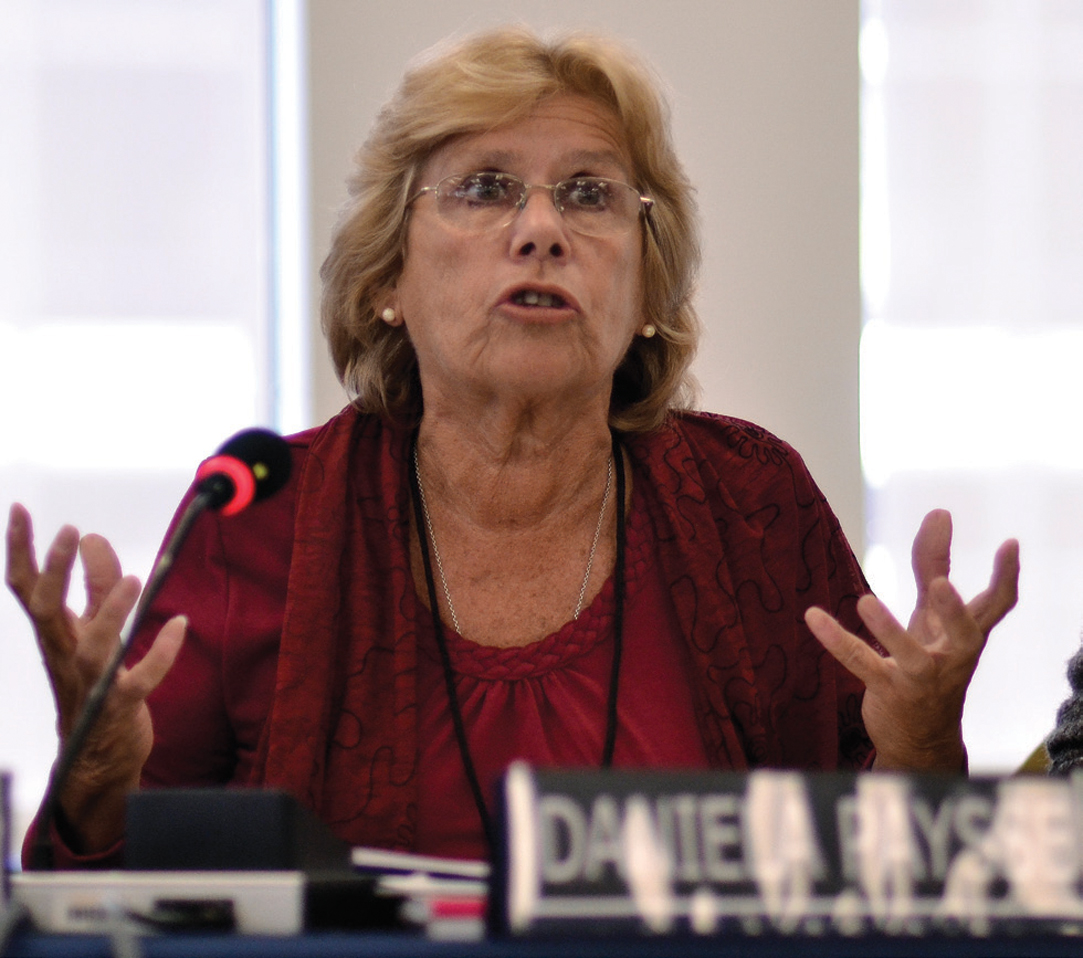
Uruguayan Women Show Strength in Numbers
The numbers show that women have slowly gained better political representation in Uruguay since the mid-1980s, when no female lawmakers were in the country’s legislature, formally known as the General Assembly. For its 2010-2015 term, 19 female MPs are in the 130-seat parliament, which is composed of the Chamber of Senators and the Chamber of Deputies. The Geneva, Switzerland-based Inter-Parliamentary Union, the international organization of parliaments, ranked Uruguay 73rd of 141 countries (as of March 31, 2011) in the percentage of women in national legislatures.
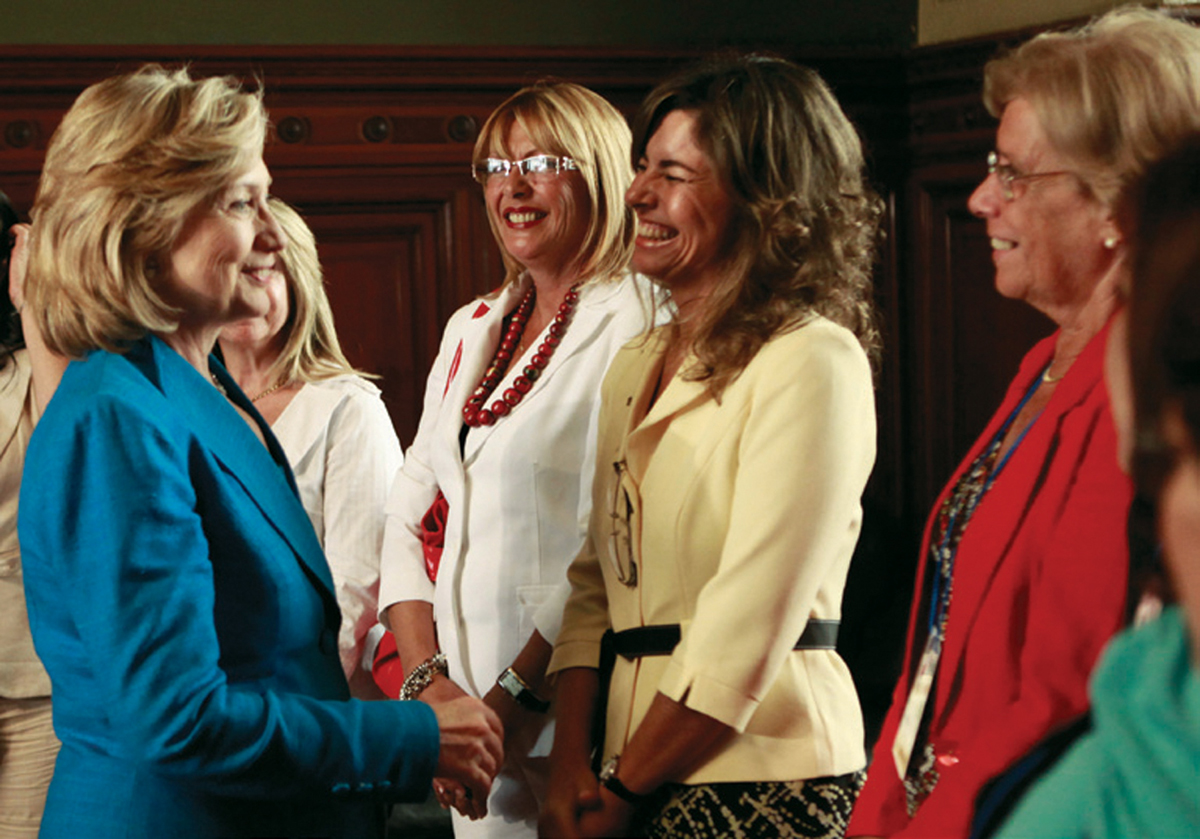
In an interview with iKNOW Politics, former Uruguayan representative Carmen Beramendi cited more positive developments for Uruguay’s women. At the start of former Uruguayan President Tabaré Vásquez’s administration in 2005, she said, four out of 13 of his government’s ministers were women, which was “unprecedented” in that he placed women ministers in “positions that were usually not given to us.” Those positions included women heading the defense and interior ministries, the Ministry of Social Development and the Ministry of Public Health.
“This had a double effect,” said Beramendi, who served in parliament from 1990 to 1995. “First, we women had a much greater presence in the public sphere. Second, holding these kinds of offices largely helped prove that women can effectively hold these positions in society.”
Efforts of Uruguayan Women Leaders Lauded
The United States has made advancing women a pillar of its foreign policy. In March 2011, a State Department international exchange program called “Women’s Leadership: The Next Hundred Years” brought Adriana Lourdes Abraham Pérez from Uruguay and other women leaders from 92 countries to the United States.
Abraham Pérez, director of a nonprofit association in Uruguay called the Center for the Promotion of Human Dignity (known by the Spanish acronym CEPRODIH) that helps disadvantaged women, children and elders, said in an email exchange that in the last 20 years, female participation in Uruguayan political life has undergone a “positive evolution, although much more needs to be done.”
Abraham Pérez said one of the most significant political events in her country was the 2010 election of Ana Olivera as the first female mayor of Uruguay’s capital of Montevideo. Other women had been elected mayor across the country, but not, until then, in the capital. Abraham Pérez said Uruguayan women still face numerous social and economic injustices, such as gaining access to credit and increasing domestic violence, which she pointed out was also a problem in many other countries besides Uruguay.
The U.S. Embassy in Montevideo hosted more than 15 women leaders of Uruguay to honor International Women’s Day in March 2011. Speakers included Sandra Day O’Connor, the first female U.S. Supreme Court justice (now retired), who is a leader in promoting global women’s issues.
Also speaking was U.S. Ambassador to Uruguay David Nelson, who said the United States is “committed to the empowerment of women not just because it is the right thing to do, but also because it is the smart thing to do. And when women make progress, countries make progress. Everywhere, but especially here in Uruguay, you are making a difference and changing the world for the better.”
Eric Green is a freelance writer based in Washington. He has covered international issues for the U.S. State Department and the United States Information Agency, and has been a Senate press aide and a newspaper reporter for the Washington Post and other newspapers.
Multiple Choice Questions
Questions
- The four different offices dedicated to gender issues within the UN system were consolidated into…
- UN Development Fund for Women (UNIFEM)
- International Research and Training Institute for the Advancement of Women (INSTRAW)
- Office of the Special Adviser on Gender Issues for the Advancement of Women (OSAGI)
- Commission on the Status of Women
- UN Women
- Which of these factors influences the variance between the success of women’s policy mechanisms in different contexts?
- Limited budgets and staffing
- Length of mandate
- Relationship to government executives
- The will of the governing prime minister or president
- All of the above
- Kateryna Levchenko described the gender composition of Ukrainian politics as…
- There are lots of women in the middle and junior positions, but few on top
- There are a relatively equal amount of men and women in politics
- The number of women in top government positions is increasing
- All of the above
- None of the above
- Susana Dalmás was able to form a Bicameral Women’s Caucus across party lines because…
- The two parties in parliament formed a coalition
- Women in the House reached consensus on issues pivotal to women’s well-being, such as sexual harassment in the workplace and access to pensions for women
- They did not differ on national issues
- They were considered a formal body within the legislature
- None of the above
- According to Susana Dalmás, women want involvement in politics…
- For the sake of involvement
- Because including women in political processes makes democracies stronger
- To introduce a female perspective to policymaking
- All of the above
- None of the above
Answers
- The correct answer is UN Women (answer E). UNIFEM, INSTRAW and OSAGI were merged into UN Women. The Commission on the Status of Women or CSW (answer D) is a body within UN Women that has annual meetings to review policy.
- The correct answer is all of the above (answer E).
- The correct answer is that there are many women in middle and junior positions, but few in high-level positions (answer A). Answer B is incorrect, as it does not fully capture the gendered situation of Ukrainian politics and bureaucracy. Answer C is incorrect because Levchenko did not state that the number of women in government in the Ukraine is increasing.
- The correct answer is B. Female representatives reached consensus on pivotal issues for women’s well-being despite differing on national issues, so answer C is correct. The parties did not form a coalition (answer A) and the Women’s Caucus was not recognized as a formal body within the legislature (answer D).
- The correct answer is because including women’s involvement in political processes makes democracies stronger (answer B). Dalmás stated that the purpose was not to be involved for the sake of involvement, so answer A is incorrect. The chapter does not mention a female perspective to policymaking (answer C).
Discussion Questions
- Which positions of an organization hold the most influence? What is the typical gender balance of those positions?
- What approach will more likely lead to global gender equality: gender mainstreaming or equal treatment for men and women?
- Explain the shift in approach from focusing on policies toward enhancing the equality between men and women to ‘gender mainstreaming.’
- What does it mean for an institution to successfully mainstream gender? What are the indicators that would be used to measure the outcomes of this approach?
- Chose one of the institutions below and use external research to expand upon its characteristics and role within the history and global governance of gender equality.
- UN Development Fund for Women (UNIFEM)
- International Research and Training Institute for the Advancement of Women (INSTRAW)
- Office of the Special Adviser on Gender Issues for the Advancement of Women (OSAGI)
- Commission on the Status of Women
- UN Women
Essay Questions
- What is the relationship between gender and human rights?
- Provide an example of how a society or government has institutionalized a gender vision. How has this division been resisted, and what was the outcome?
- Are inadequate economic resources a valid excuse for governments to not implement the rights contained within the conventions that they ratify? What mechanisms and processes are available if signatory states are unable to implement UN conventions in the immediate or short-term future?
Additional Resources
Altius, A. & Raveloharimisy, J. “Women’s Access to Political Leadership in Madagascar: The Value of History and Social Political Activism.” Journal of International Women’s Studies 17(4), 132 – 142: (2016).
Highlights the role of activism in forming women’s access to leadership roles, rather than quotas or kinship.
http://vc.bridgew.edu/cgi/viewcontent.cgi?article=1890&context=jiws
Asia Pacific Forum on Women, Law and Development.
Regional network of NGOs doing community-based research and policy advocacy on climate justice, labour migration, rural and indigenous women, and other initiatives throughout the Asia-Pacific.
European Institute for Gender Equality. “An Essential Guide to Gender Mainstreaming.” (2016).
User-friendly instructional video on the goals, processes, and outcomes of gender-mainstreaming.
https://www.youtube.com/watch?v=WZvNcflKBDs
International Knowledge Network for Women in Politics (iKNOW Politics).
Interactive network of women in politics who share experiences, resources and collaborative on shared problems.
UN Women. “Gender Mainstreaming.”
Homepage containing UN Women publications, guidelines, and policies on successful gender-mainstreaming.
http://www.unwomen.org/en/how-we-work/un-system-coordination/gender-mainstreaming
Jackson, S. “Feminism in the Global South Has not Come from the Global North.” Guardian. (2011).
Commentary on the power and organizing of women in the global South.
Kang, A. “The Effect of Gender Quota Laws on the Election of Women: Lessons from Niger.” Women’s Studies International Forum 41(2), 94 – 102: (2013).
Study identifying three effects on the impact of quotas: design of the law, institutional context, and agency of activists.
http://digitalcommons.unl.edu/cgi/viewcontent.cgi?article=1057&context=poliscifacpub
Okumo, O. O., & Asfaw, M. “Assessment of Gender Equality in Ethiopia: The Position of Ethiopian Women’s Political Representation from the World, Sub-Saharan Africa, and Eastern Africa Ethiopian Civil Service University.” Journal of Law, Policy and Globalization 28, 2224 – 3259: (2014).
Examines gender mainstreaming in the Ethiopian context.
http://iiste.org/Journals/index.php/JLPG/article/view/14997
Schwanke, D. “Barriers for Women to Positions of Power: How Societal and Corporate Structures, Perceptions of Leadership and Discrimination Restrict Women’s Advancement to Authority.” Earth Common Journal 3(2): (2013).
Discusses barriers to women’s empowerment within institutions and the systems that perpetuate them.
http://www.inquiriesjournal.com/a?id=864
Wade, C. L. “Gender Diversity on Corporate Boards: How Racial Politics Impedes Progress in the United States.” Pace International Law Review 26(1): (2014). Focuses on discrimination and gender parity, noting that corporate boards have largely not moved beyond tokenism.
http://digitalcommons.pace.edu/pilr/vol26/iss1/4/
WomanKind Worldwide.UK-based organization working to enhance women’s participatory leadership, and collaborates with partner organizations in Sub-Saharan Africa, South/Central-Asia, and Latin-America.
https://www.womankind.org.uk/what-we-do
Women Stats Project.
Compiles international statistical data on women in security and state stability.

